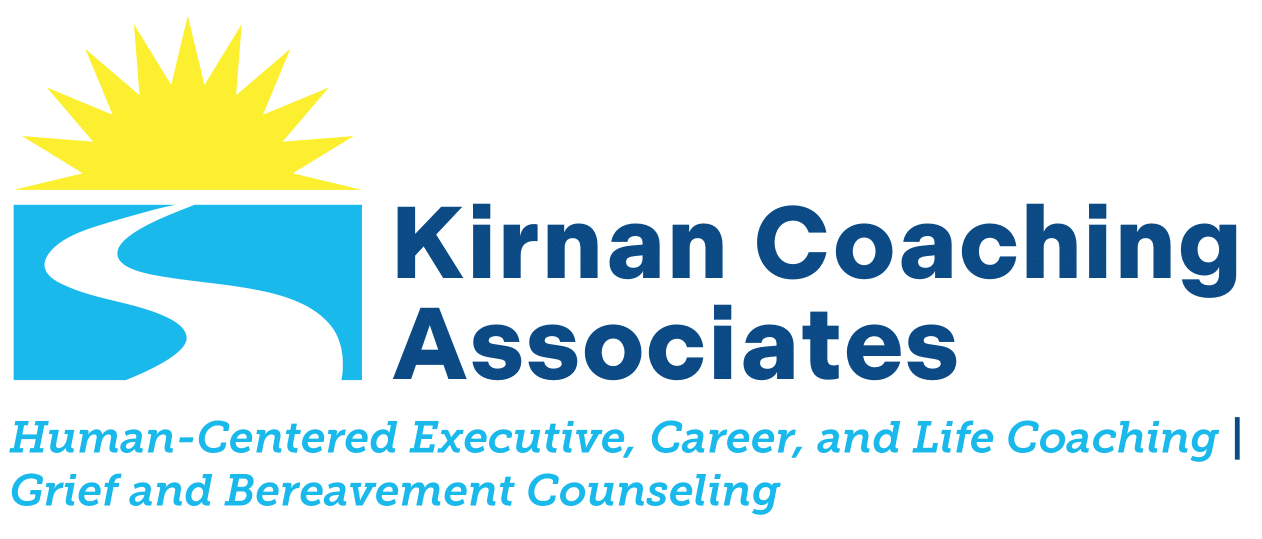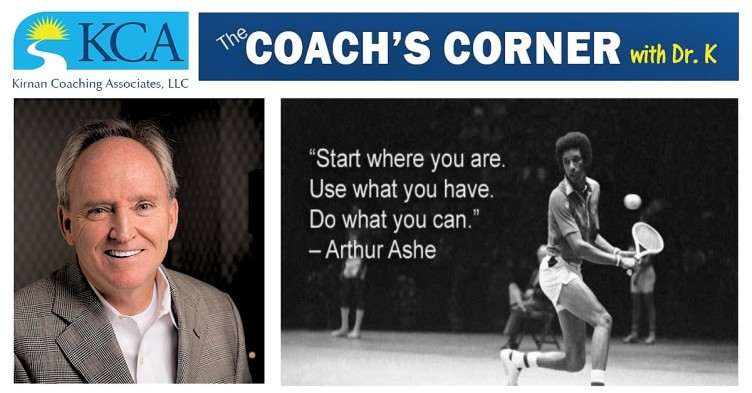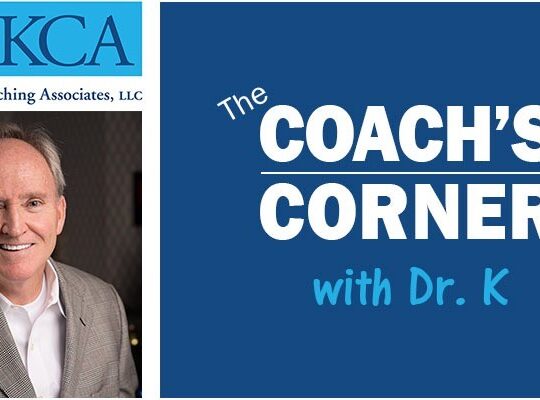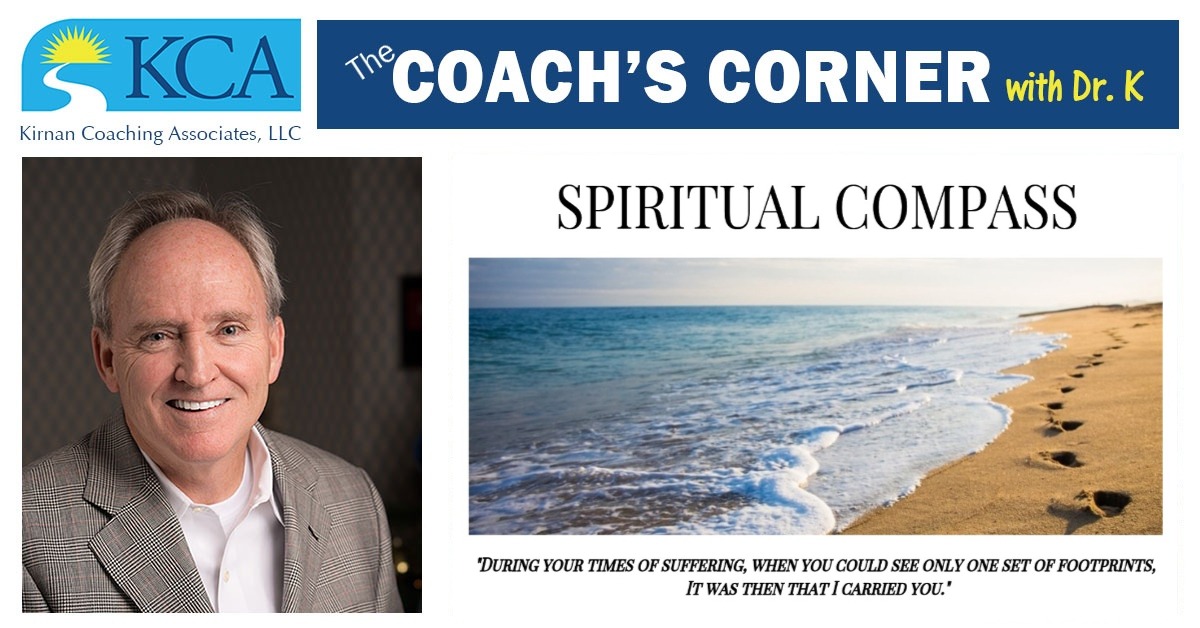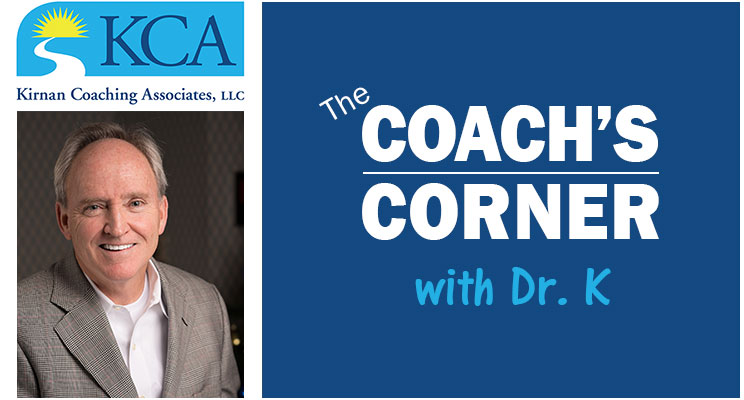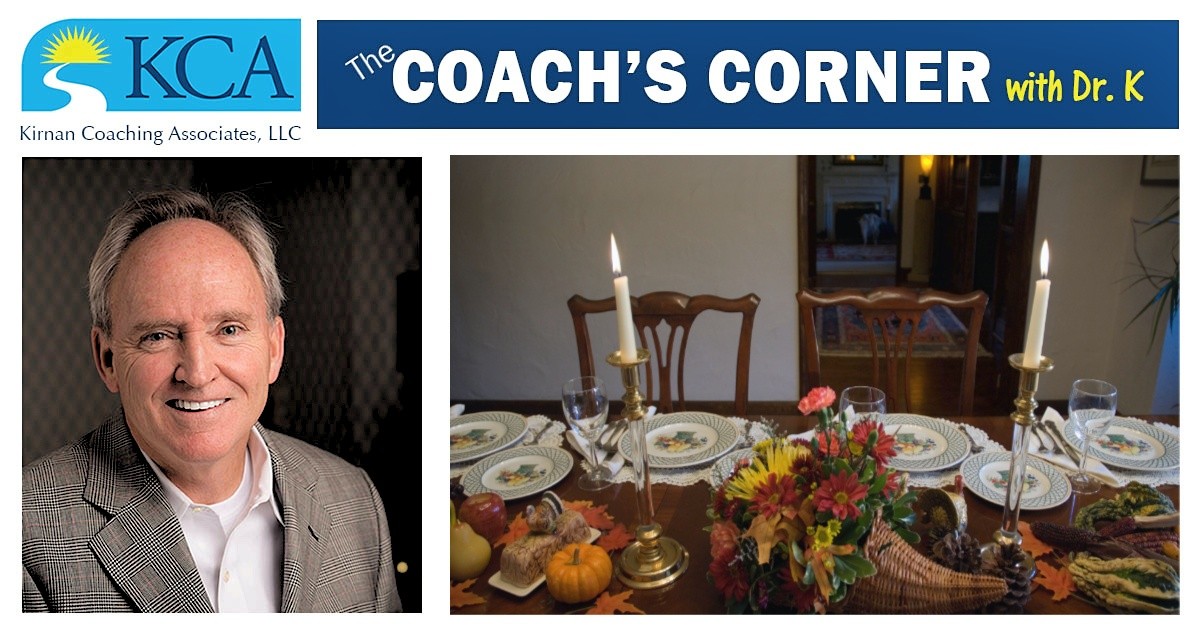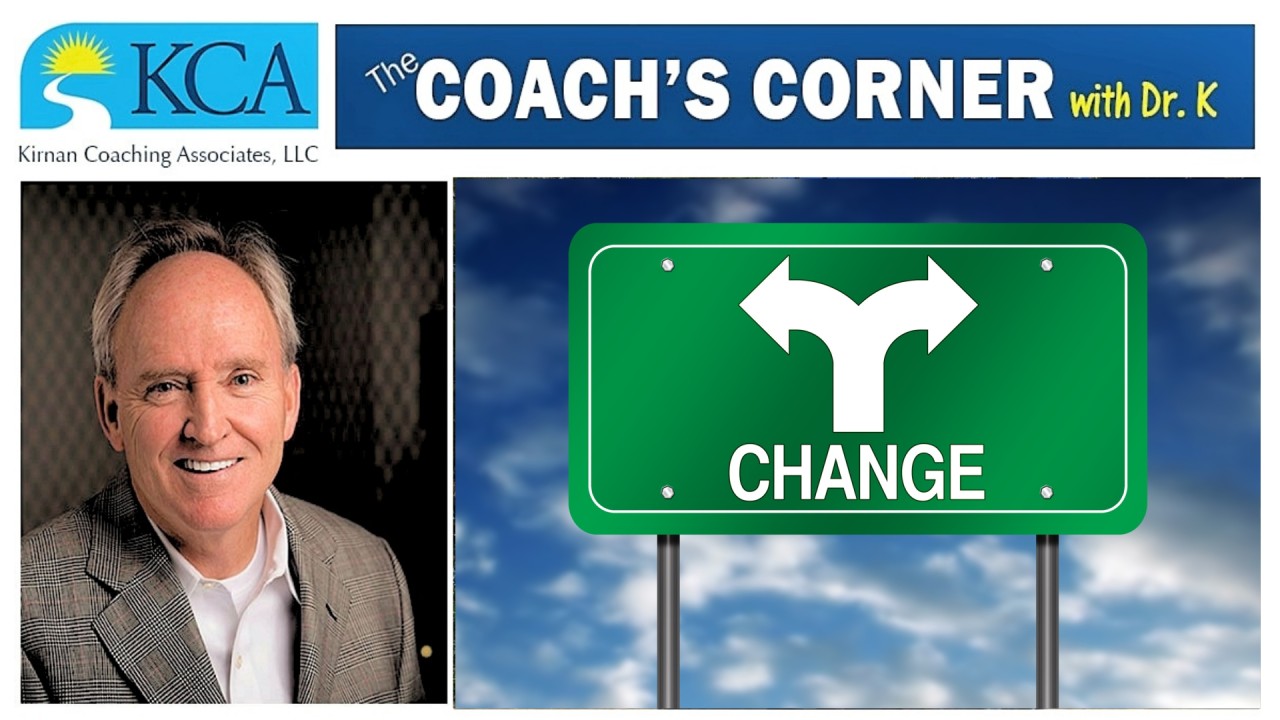“Start where you are. Use what you have. Do what you can” Arthur Ashe, Tennis Great
COVID-19 AND THE LABOR MARKET RESET
What a difference one month can make when assessing the strength of the US labor markets. Covid-19 has clearly altered the employment landscape with new unemployment claims rising to unprecedented levels during the past two weeks. Last Friday’s release of the March payroll figures only served to heighten those fears with a record one-month jump in the unemployment rate to 4.4% and the list of companies furloughing their employees continues to grow daily. Even before the onset of Covid-19, the forces driving digital transformation in the global workplace (i.e., AI, robotics, automation, autonomous vehicles, machine and deep learning, etc.) were already raising fear and anxiety about what the Future of Work would look like. If anything, this global pandemic is likely to drive an even faster acceleration in the digital transformation now underway.
No one knows how long this situation will last, although it’s likely to be measured in months. With shelter in place orders now taking hold in 41 of our 50 states, many of us who are still working are doing so remotely presenting a host of new challenges to deal with on a daily basis. At some point, a new normal will emerge with some businesses coming out stronger, others who will be radically restructured with a smaller employment footprint, and some companies that will disappear in their entirety. As professional coaches, our primary focus is to help our clients create better lives, careers, and relationships. To do that effectively, clients must fully embrace this difficult environment and be willing to acknowledge that the fear and anxiety that all of us feel is very real and while there are many things that we cannot control, there are clearly some things that we can control.
IDENTIFYING WHAT YOU CAN CONTROL DURING THIS PERIOD
One of the things we do have control over is the time, effort, and resources we devote to managing our career and professional development. We may not be able to control when, how, or if companies, recruiters, and the people that we network with will respond to our outreach efforts. But what we can control is the effort we make in the networking and outreach we do each and every day. We can also be empathetic, respectful, and compassionate in all of our daily communications and acknowledge that everyone is going through a massive transition in their daily lives, working virtually and, in many cases, having children and grandchildren at home due to school closings with limits on their outside activities.
A good place to start that conversation of “what are the things you can control and those you cannot control” is to heed the timely words of one of the great tennis legends of all-time, the late Arthur Ashe who said, “Start where you are. Use what you have. Do what you can”. It’s a simple yet powerful concept for anyone looking to engineer positive changes in their personal life and/or their career. Embracing and thinking through each part of Ashe’s message can help you: 1) identify where new opportunities might unfold during this pandemic; 2) look more objectively at whatever specific fears and anxieties you might have about the future; 3) paint a picture of what your life and career may look like when this crisis ends; and 4) develop strategies of self-care that can align with your values and improve your sense of fulfillment.
So, to begin, let’s break down Ashe’s statement into their 3 distinct components so you can lay out some specific strategies that will help you during this difficult period:
“START WHERE YOU ARE”
What are the Things I Can Control? — Be as honest and as realistic with yourself as you can be as to where you are right now. Are you currently working? Have you had your hours curtailed? Has your position been furloughed? Don’t beat yourself up or fall into the common trap of comparing yourself with others. Accept for now the reality of wherever you may find yourself at this moment. Develop a thoughtful list of those things you know that you can control and can take ownership of during this difficult period.
Complete the KCA Personal SWOT Analysis — One powerful exercise in the “start where you are” category is to apply a common business school concept called a SWOT Analysis to your own personal situation. SWOT Analysis has been a hallmark of competitive analysis and positioning since it was first introduced by Albert Humphrey of The Stanford Research Institute during the 1970s where an organization assesses its current Strengths, Weaknesses, Opportunities, and Threats. A SWOT Analysis can uncover new strategies and action steps on how to improve the future performance of the organization. In an analogous fashion, the corporate SWOT Analysis can be done as a Personal SWOT Analysis and provide you with a powerful roadmap on how you can best forge ahead. Here is the KCA Personal SWOT Analysis many of my clients complete as part of a coaching engagement. I have filled in each of the 4 Quadrants with some sample questions that you can ask yourself but feel free to list whatever issues may come to mind.

Complete a Fixed Versus Growth Mindset Assessment – This unique assessment was developed by Dr. Carol Dweck of Stanford to help us understand where each of us might fall within the Fixed Versus Growth Mindset spectrum. The assessment only takes a few minutes to complete but it will provide you with a roadmap of what you can do to enhance your current mindset for long-term growth and professional development. Here is a link to the assessment:https://www.linkedin.com/embeds/publishingEmbed.html?articleId=7952548325039316326
“USE WHAT YOU HAVE”
Develop Your SMART Goals and Action Steps — After completing your KCA Personal SWOT Analysis and having a better feel for where you fall on the Fixed Versus Growth Mindset Assessment, ask yourself the following questions to help you formulate specific SMART Goals and the Action Steps that align with your goals:
- How can you better leverage and lead with your existing Strengths? At work? At home? In your relationships?
- What can you do right now to address your perceived Weaknesses?
- What can you do right now to seize on any new Opportunities either at your current employer or at prospective employers?
- What steps can you take right now to manage and offset any potential Threats to your current position or to mitigate the risk of any future position you may hold?
Update Your Resume — Make sure it is as up to date as possible by including any new Accomplishments, Volunteer Activities, Professional Associations, Training Programs, Online Courses, and/or any other Professional Development activities that may be appropriate.
Update Your LinkedIn profile — Make sure your profile includes a professional-looking Profile photo and a Cover Background photo and that you have completed all relevant sections including your Tagline/Headline, your About section, a listing of all Positions held for the past 20 years, your Technical Skills and Software Competencies, and any Volunteer Activities and Professional Associations you are currently engaged in. Also, make sure your settings allow your profile to field any inquiries regarding open positions with recruiters and employers.
Review Your Connections on LinkedIn — Break down your Connections into specific Tiers so you can prioritize your outreach and networking strategy. Tier 1 Connections are those you know best; Tier 2 Connections are those you know only moderately; and, Tier 3 Connections are those you don’t really know much at all. Spend time every day looking for new strategic connections that will align with your specific Job Targets.
Begin to Re-engage with Your Professional Network – Re-engage according to your specific Tiering above by reaching out first to your Tier 1 connections to let them know your current situation and how they could possibly be of help. Always ask your connections if there are people in their own network that you could follow up with directly as these additional contacts can become valuable additions to your own professional network.
Keep Refining Your Job Target Map – Developing a Job Target Map is at the core of the GetFive evidence-based coaching methodology. So during this critical period you will need to refine your own unique Map as new information presents itself. Keep track of key hashtags like #GetHired and #HiringNow on websites like LinkedIn as you search for specific companies in your Job Target Map that have open positions.
Practice Your Interview Skills — Start gathering your performance reviews and any 360 feedback materials from your current employer as well as any prior positions you have held and identify specific accomplishments that you could reference during an interview. If you are a client working with a certified GetFive Executive or Career Coach, use the My Interview Prep app to practice your interview skills from their extensive bank of sample questions. If not, use your phone, iPad, laptop, or desktop to record yourself answering sample questions. Just like shooting 100 foul shots every day after basketball practice, so too practicing your interviewing skills will get you ready for the real thing.
“DO WHAT YOU CAN”
Keep a Daily Journal — Journaling what you do during the day can be very insightful. Questions you can ask yourself like how your daily life might be different now than the way it was before the pandemic? What were the best moments in your day? Where might you have not been your best self? Establishing a new routine that can work for you can be a real challenge in this environment as the boundaries between work and life can feel very fluid so journal where it’s working and where your routine can be improved.
Identify Roadblocks That Are Getting in Your Way — After keeping your Daily Journal for a few weeks, identify any roadblocks that are getting in the way of being more productive. Ask yourself, are there specific resource or financial constraints that are holding you back from your optimal performance level?
Explore Re-skilling and Up-skilling Opportunities — Review online platforms and resources that can potentially mitigate your perceived Weaknesses, minimize your potential Threats, and maximize those Opportunities that you noted in your KCA Personal SWOT Analysis from above. Explore any relevant courses or certification programs you could potentially take on LinkedIn Learning, Udemy, Udacity, Coursera, Skillshare, edX, and General Assembly to name just a few. These online tools and programs can help you re-skill and up-skill during this challenging period.
Engage With Business- Focused Podcasts — Listen to business-oriented podcasts that can sharpen your knowledge of your industry, your functional area of expertise, and your broader understanding of how the global workplace and workforce are changing. Several podcasts that I enjoy include Harvard Business Review’s Managing the Future of Work; PwC’s People and Organization; TED Talks focused on specific business issues like AI, Robotics, and Digital Transformation; Work Life with Adam Grant; and, the McKinsey Podcast to name just a few.
Read, Read, and Read Some More — Improve your understanding of current and projected trends taking hold in the global workplace and consider reading such books as The Future of Work by Darrell West (2018); The Corporate Lattice by Cathleen Benko and Molly Anderson (2011); The Second Machine Age by Erik Brynjolfsson and Andrew McAffe (2014); Machine Platform Crowd by Erik Brynjolfsson (2018); Beaten Down, Worked Up: The Past, Present, and Future of American Labor by Steven Greenhouse (2019), Option B: Facing Adversity, Building Resilience, and Finding Joy by Sheryl Sandberg and Adam Grant (2017); Mindset by Carol S. Dweck, Ph.D. (2017); Switchers by Dawn Graham (2018); Springboard by G. Richard Shell (2016); The Happiness Curve by Jonathan Rauch (2018); Zucked by Roger McNamee (2019); Autonomy by Lawrence Burns (2019); and my personal favorite of late, Digital Transformation by Thomas Siebel (2019).
This Too Shall Pass
Remember how we started this blog post. There are many things we cannot control during this pandemic but what we can control is the time and the effort we put into navigating this challenging labor market. We don’t know when the coronavirus curve will be broken or how everyday life and the work environment may be altered but there’s an old saying that “This Too Shall Pass”. Your best strategy for right now is to prepare for whatever that future of work may look like by following through on Arthur Ashe’s timely words and “Start where you are. Use what you have. Do what you can”. I know you can do this because you have done it before and you will do it again. So stay safe my friends and know that we will all be walking together every step of the way and that every step you and I take together will bring us closer to that day when things will settle. And, please don’t hesitate to call, text, or email me if I can be of help in any way!
Blessings to all of my clients, fellow coaches, colleagues, and friends,
Dr. K
